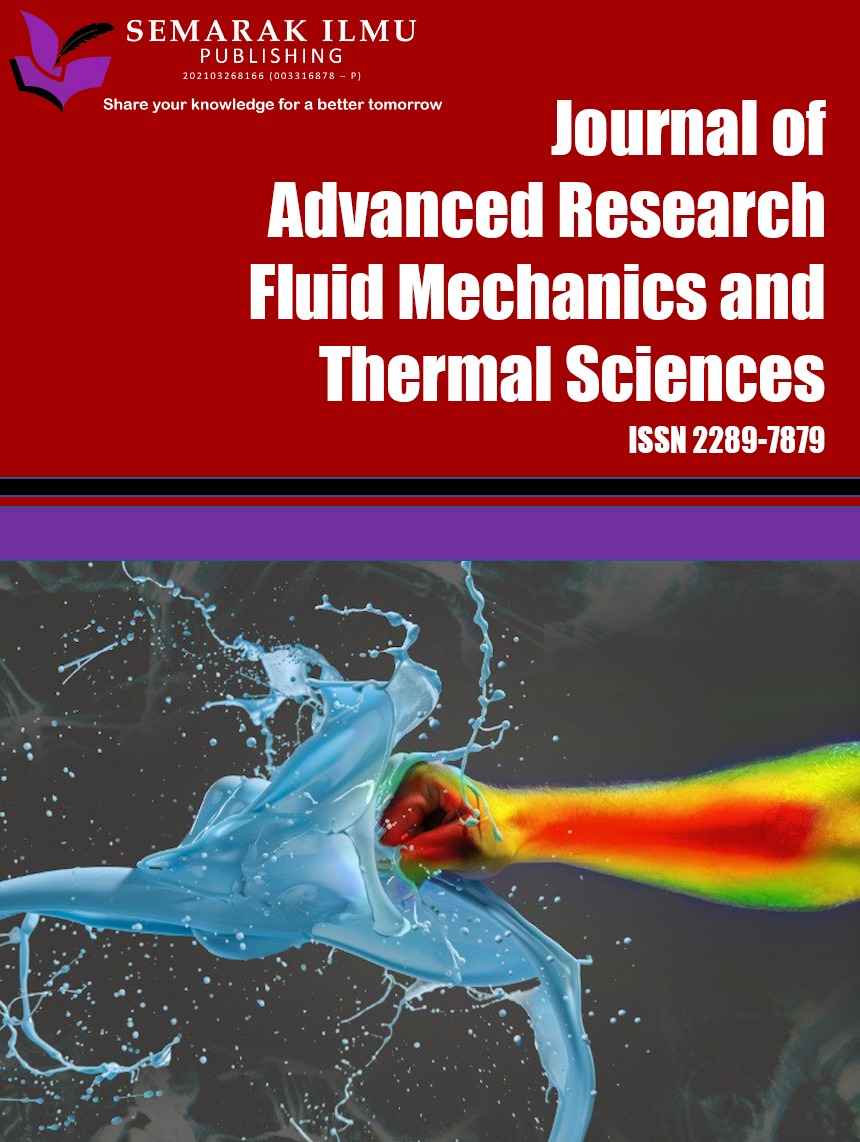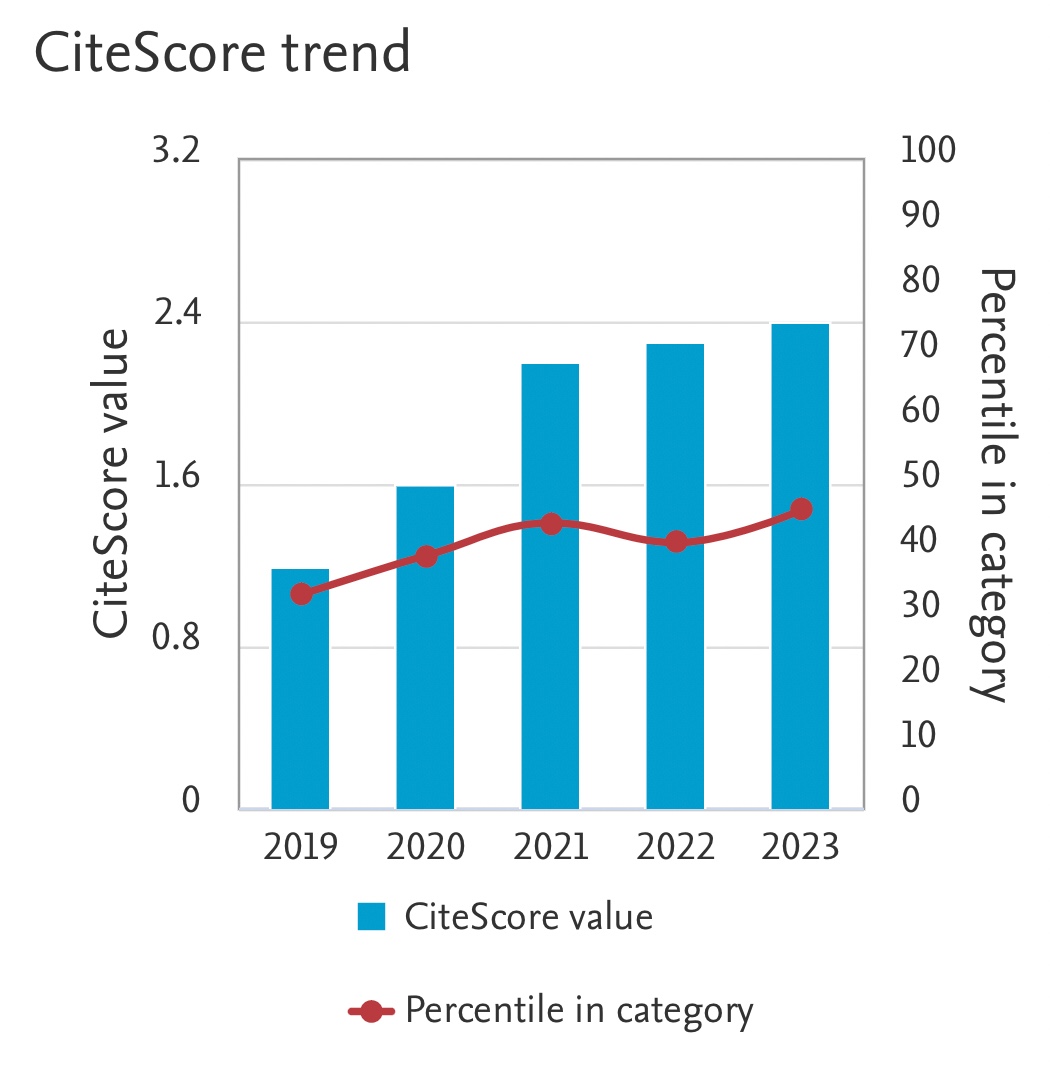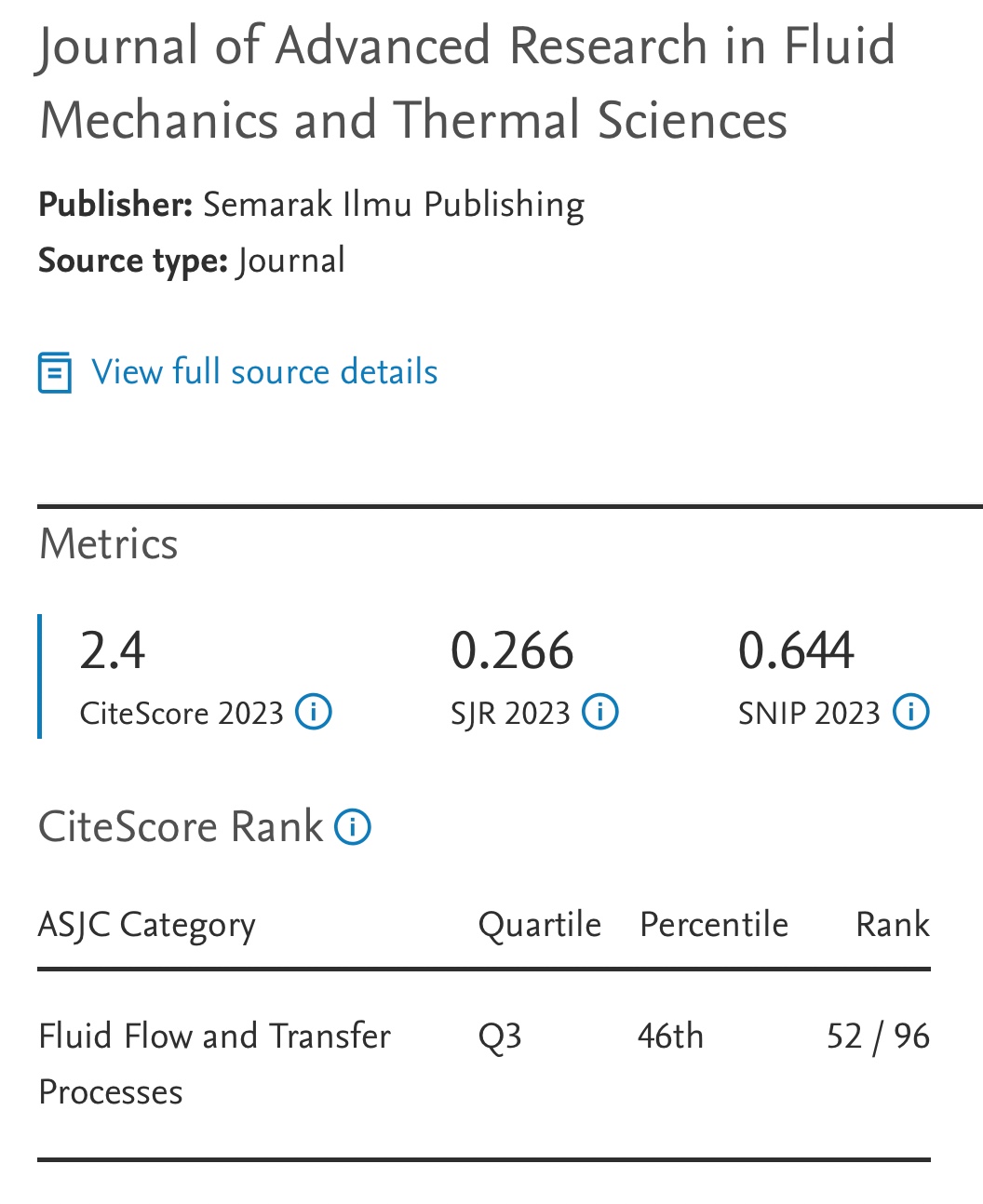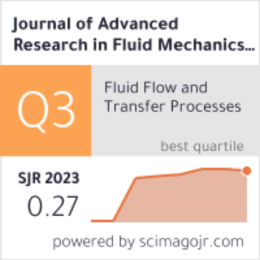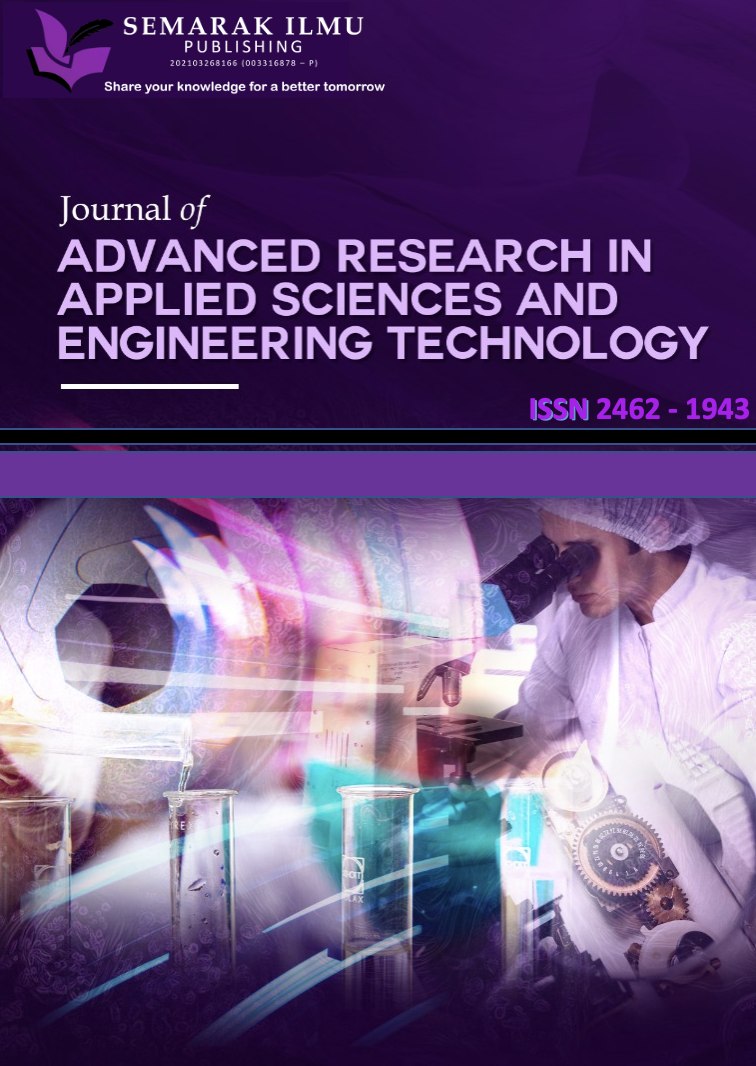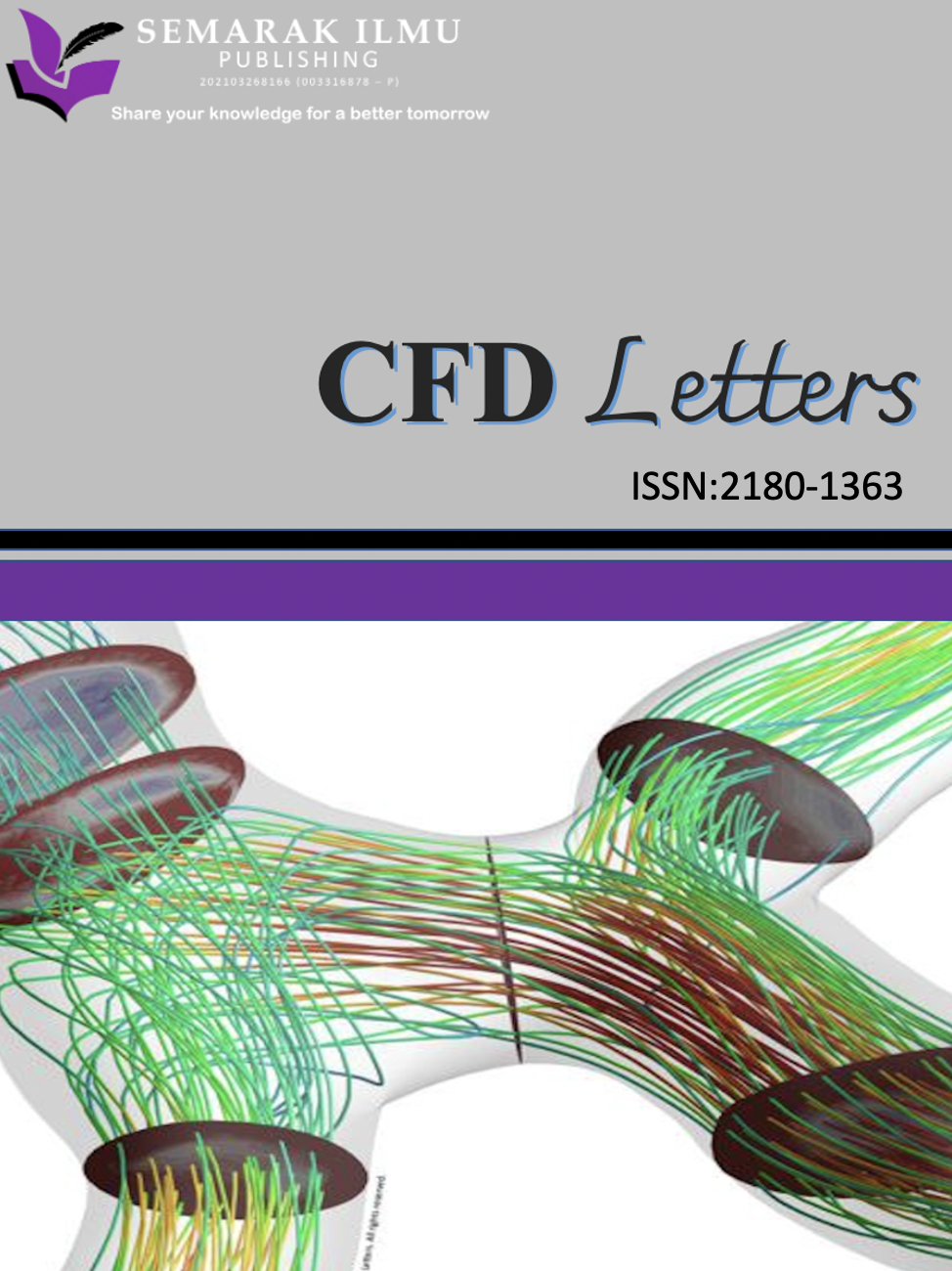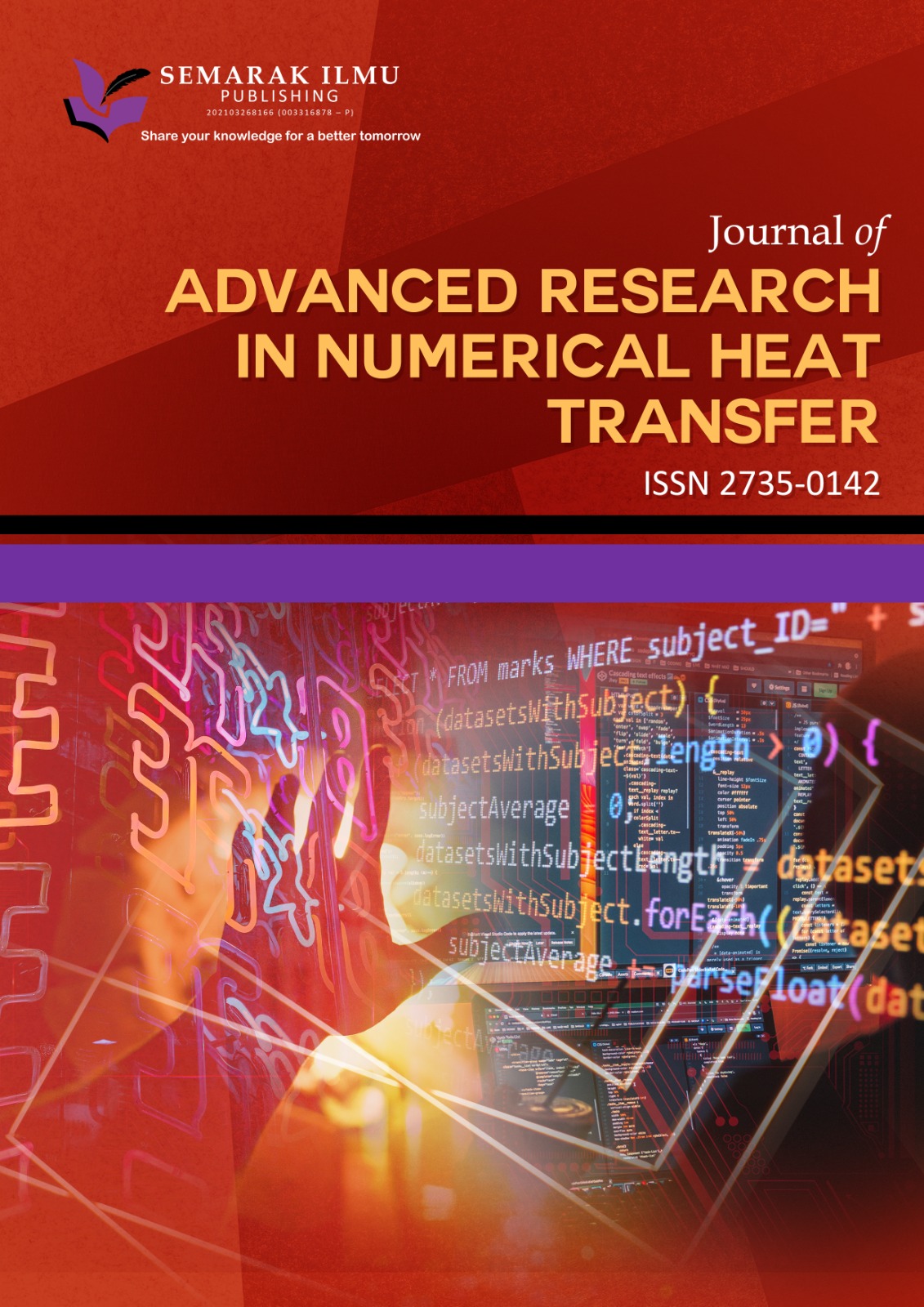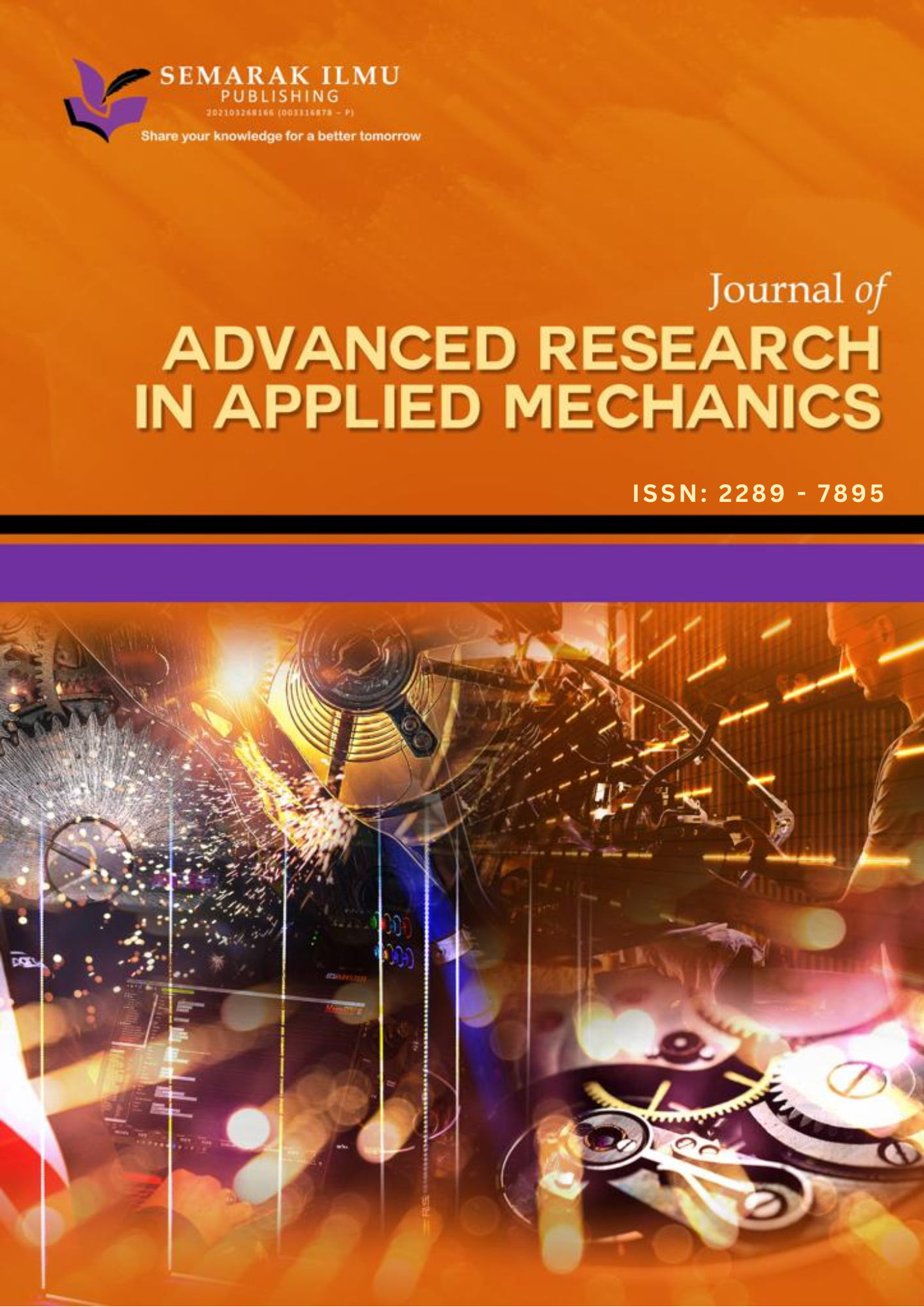Performance Prediction of a Novel Modular Magnetorheological Damper for Seismic Building
Keywords:
Magnetorheological, seismic, valve, damper, Homotopy Perturbation Method (HPM)Abstract
The new concept of a magnetorheological(MR) damping device used in the seismic building is discussed in this paper. The damperis aimed to deliver a comparable damping performances with the existing semi-active seismic damper design but with lower MR fluids volume requirement. These capability is achieved through the improvement in the MR valve performance using a meandering flow structure which was placedin the by passline.This research is focused on the performance analysis of the MR valve pressure drop using an analytical approach. There are two main steps needed for the analytical approach, the magnetic field simulation and the analytical pressure drop calculation. The simulation work of the MR valve magnetic circuit performance was carried out using finite element method magnetic (FEMM) software to calculate the distribution of magnetic flux density values. The simulated magnetic field density values would then be matched with the MR fluids characteristics data to predict the yield stress value of the fluids to be used in the pressure drop calculation. As a result, the MR valve is predicted to generate maximum off-state pressure drop of 5.35 MPa and pistonspeed of 0.184 m/s. Meanwhile, at on-state condition (1.4 A), the valve is generating pressure drop up to 9.13 MPa at piston speed of 0.184 m/s. In summary, with such pressure drop, the seismic damper will be capable to provide comparable damping performance with other seismic MR damper design with only 1.44x 10-4m3 of MR fluids.
Downloads


